|
Snowbird, Utah, 2021 Hybrid Conservation Genomics Symposium. And here's a web version of the poster! 
Last year, at the start of COVID lockdown, I was fortunate enough to participate in the Smithsonian NMNH #naturenerding101 campaign last spring, which featured a week of folks from the bird division describing their favourite birds. This segment also featured a part where Bird Division scientists imitated some of our favourite urban birds.
This project spurred a collaboration with David Harrington from classical heavyweights The Kronos Quartet using human sounds (vocal and instrumental) to imitate the sounds of the birds. This reflected our COVID isolation reality, our desire to communicate with nature and how nature had started to re-occupy space in urban areas. This blossomed into teaching bird songs and listening to nature for the San Francisco Girls Chorus. Eventually, Smithsonian and I teamed up with Kronos, San Francisco Girls Chorus (SFGC), composer Sahba Aminikia and children from the Sirkhane Social Circus School to produce an audiovisual composition for the end of year SFGC concert. This project was a resounding success, and I hope we touched the hearts of children around the planet to connect more with the music of nature. Anyone who knows me, knows I'm obsessed with rock climbing... Which is why climbing buddy (and fellow scientist) Dr Natasha Robinson and I couldn't pass up the opportunity to collaborate with the WorldClimb team in their surveys in Australia. This project uses a novel methodology to assess the impacts of sport climbing on cliff vegetation. Hopefully this work can be used to build evidence based management decisions for natural areas with rock climbing. So far the work is focussed only on mediterranean climates, owing to the abundance of climbing in these areas. The team has already published a desktop analysis of climbing in Spain. Keep your eyes peeled for more from this fun project One of the best things about this trip was seeing SW Western Australia in spring. This is a biodiversity hotspot, renowned for its amazing botanical endemism.
I was recently in Europe for conferences and lab-visits. During my stay there, I reached a (humble) milestone of 500 bird species (now 544). I thought this was a good opportunity to look at my birding activity, and show how much I've really got to work on it. I started birding in 2011, but when I started my list I went through old photos and birds I saw throughout my childhood and youngadult life (reasonably common ones). These are all listed as <2006, as I can't remember the dates attached to these sightings. This exercise was also a fun way for me to learn how to use ggplot! I am totally sold on it. So good!  I have bird records from 15 countries. The countries I have seen the most birds in are: Australia=350 China=78 UK=22 Ecuador=21 NZ=20 The fact that the UK is in my top 5 countries is shows a pretty damning performance on my part. However, I didn't actually bird in Ecuador, I just took photos randomly and I went back and IDed them later on... Birding in China: Birding in Australia (photo by: Dylan Meyer) Those 544 birds I've seen spans 116 families (according to wikipedia taxonomy). In Australia my most seen families are: Meliphagidae = 43 Psittaculidae=21 Anatidae=19 Acanthizidae =14 Accipitridae=13 Meliphagids or honeyeaters, are unique to Wallacea (East of Wallace's Line), comprising 182 species and underwent an extensive radiation in Australia. Australia does not have hummingbirds, which meant another bird filled the avian nectar eating niche. However, not all Meliphagids eat nectar, they also eat fruits and insects. Below is my photo of a Grey-fronted Honeyeater Since 2011, I have birded most in NSW. Even when you look back prior to 2011, most of my observations come from NSW, but I could easily have falsely attributed most of the waterbirds to trips down to the NSW coast.
I have been sitting on this post for too long now, so I have just decided to post it already, dammit! This is my first post! So apologies for any weird coding! I thought it would be fitting for my first post to be the brain-child of my China trip - photoblog and list of things that I saw on my volunteer fieldwork in Kuankuoshui Nature Reserve in China. Kuankuoshui 宽阔水 Nature Reserve is in Northern Guizhou 贵州 province, China. *insert screencap of googlemaps* little thing here about all the forest type blah blah. I wound up in Kuankuoshui (KKS) from a volunteering advert on evoldir . I was working for Professor Liang 梁教授 of Hainan Normal University 海南师范大学 and his masters students doing nest-searching for cuckoo-host coevolution and pheasant incubation experiments. Because my camera distracts me from work, I didn’t always have my camera on me, so not all of these photos are mine. I also didn’t see all of these animals myself, some were seen by the masters students Wang Jiajia 王佳佳, Su Tongping 粟通萍, and Huo Juan 霍 娟. This post is intended as a very limited documentation of the creatures found in KKS NR, as very little information exists on it in English. However, this is by no means a comprehensive herp list because we had no time to look for herps seriously, so these are all incidental encounters. Because herp resources are poor in English in China, these ID's are very preliminary and any help would be greatly appreciated! SnakesSinonatrix percarinata. Mountain Water Snake.华游蛇 (HuáYóuShé) Trimeresurus stejnegeri Steineger's Bamboo PitViper. 竹叶青 (ZhúYèQīng) Sorry, this photo is exceptionally terrible, as it was a rainy day and all we had was an iPhone. Photo by V. Belluz LizardsScincella potanini Potanin's Dwarf Skink. 康定滑蜥 (KāngDìngHuáXī). I'm not confident of this ID. We also saw Sphenomorphus indicus. It's possible I saw more species but these were so difficult to catch and I was busy birding! Total Lizard Species in Park: 5 AmphibiansOdorrana? Photo by Su 粟通萍
BirdsThis park is apparently well-known Chinese birders for the relative ease at which you can see unusual birds, such as the Asian Emerald Cuckoo, and the Golden Pheasant. I have 65 confirmed IDs from the park, but there were lots of warbler things (Small Brown Birds!)… Total bird species in park: 179 (possibly more) See some of my photos on Flickr Mysterious animals that signs say are in the park (those that I wanted to find but couldn't): Kuankuoshui salamander, Tremenick's Tragopan, Clouded Leopard, Francois Langur, Other monkeys
If you want to visit KKS: The park is ~2hrs away from Suiyang city (accessable by public busses from Guiyang 贵阳, and Zunyi 遵义), and you can hire a taxi there for approx 200CNY. The park has a hotel with hot showers, but also has more basic facilities for long-term guests (where we stayed). I have been told that there is no restaurant but if you bring food they will cook it for you. KKS has 3 main dirt roads through it, which are accessable by car. There are also a number of small trails through the forest, leading to small Han villages, whom have mostly never seen foreigners. The people here are lovely and extraordinarily generous. It might be advisable to hire a guide (I don't know if it can be done) and/or speak Chinese as some of the remote villages can be difficult to access and they might be able to interpret the local Guizhou language. Bring lots of rain gear, as almost every day rains during the summer, and it's very cold in winter. However, the sunny days are stunning and you're guaranteed to see herps. Summer is also the best time to see the Asian Emerald Cuckoo. There is phone and internet reception on China Telecom's UIM network. If anyone wants to do a better account of creatures here then contact me and I can give you an animal list for the park (which unfortunately is a little out of date in terms of taxonomy). |
AuthorRamblings of a mad biologist Archives
September 2021
Categories |


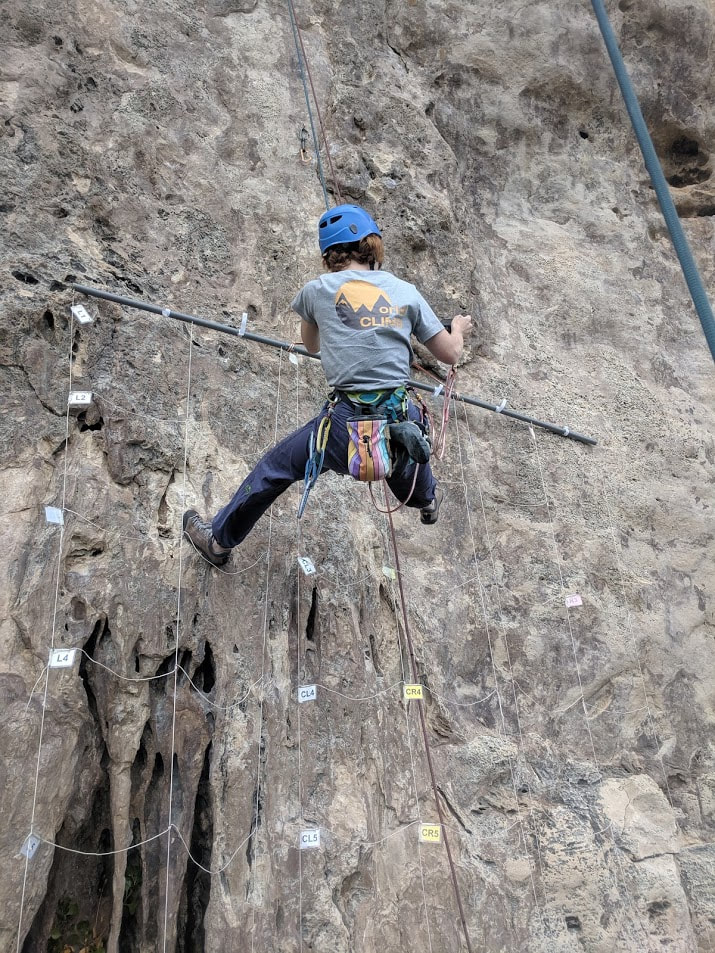






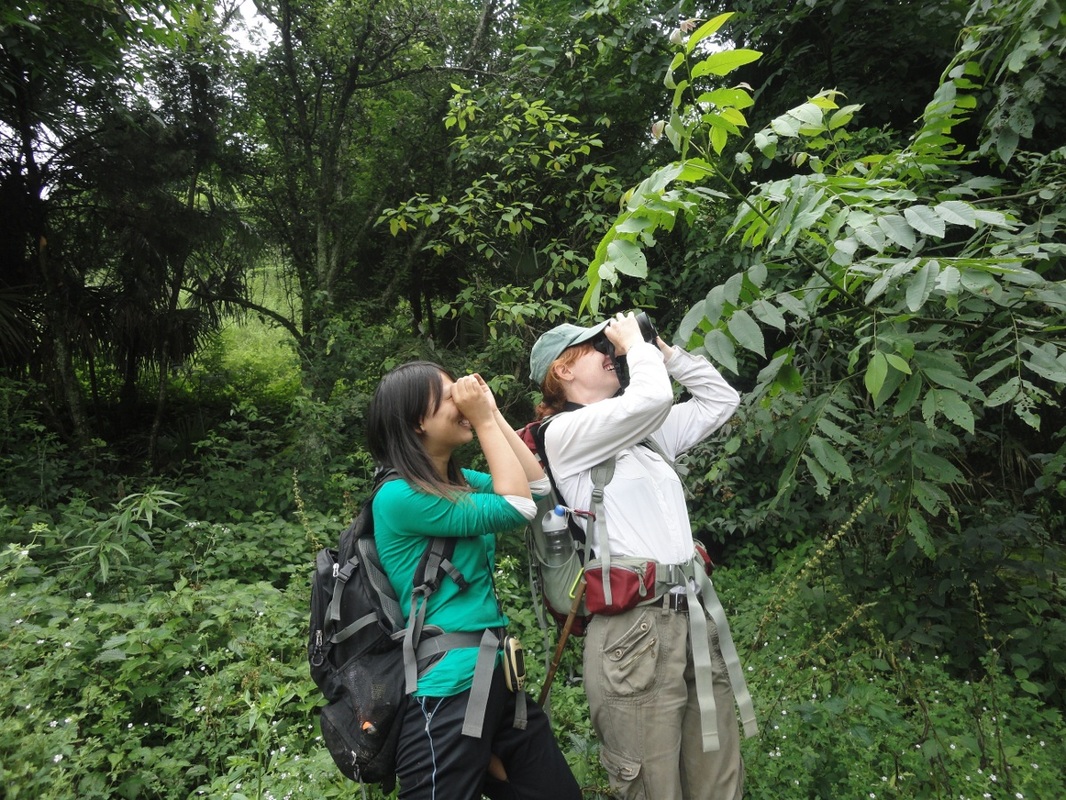


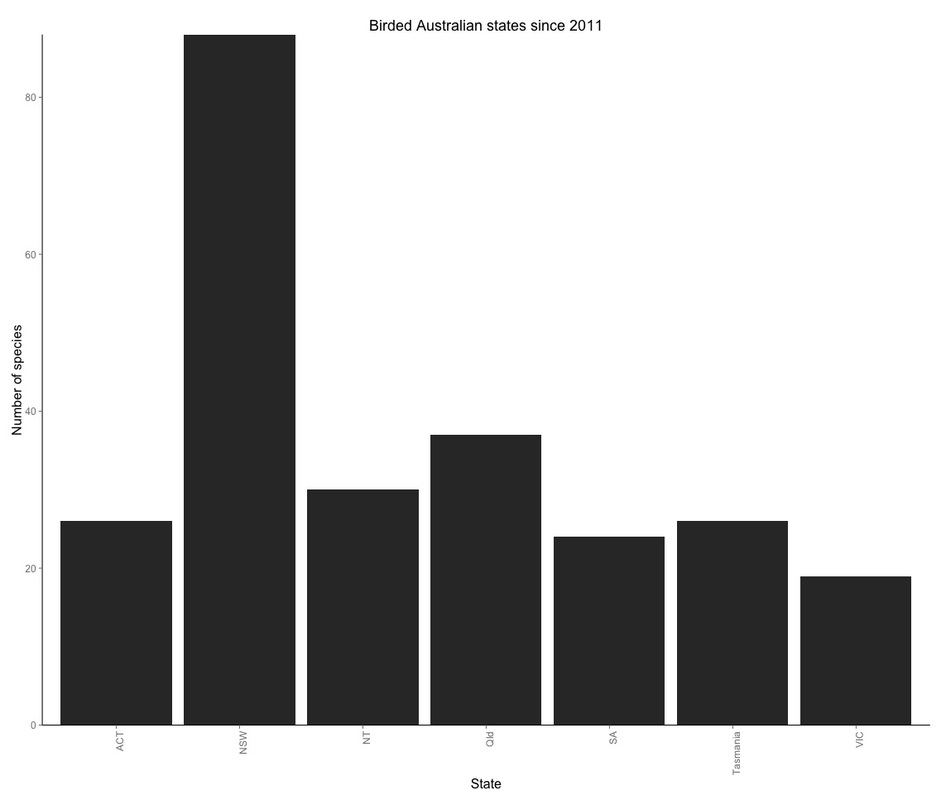



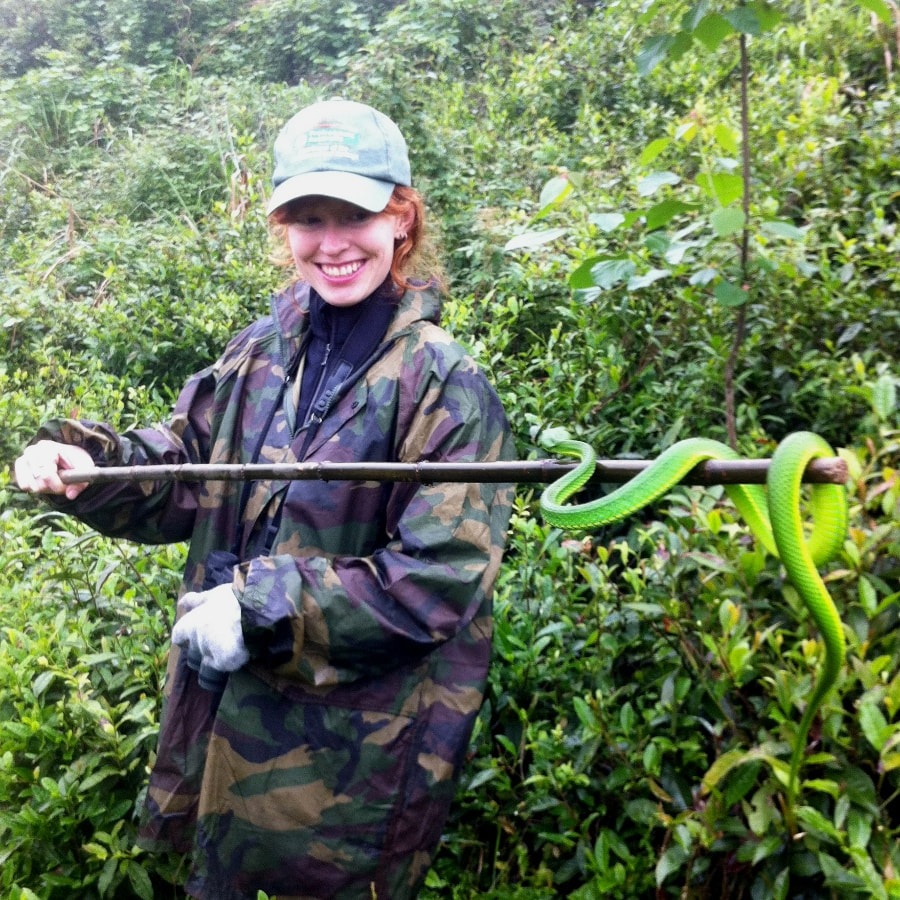

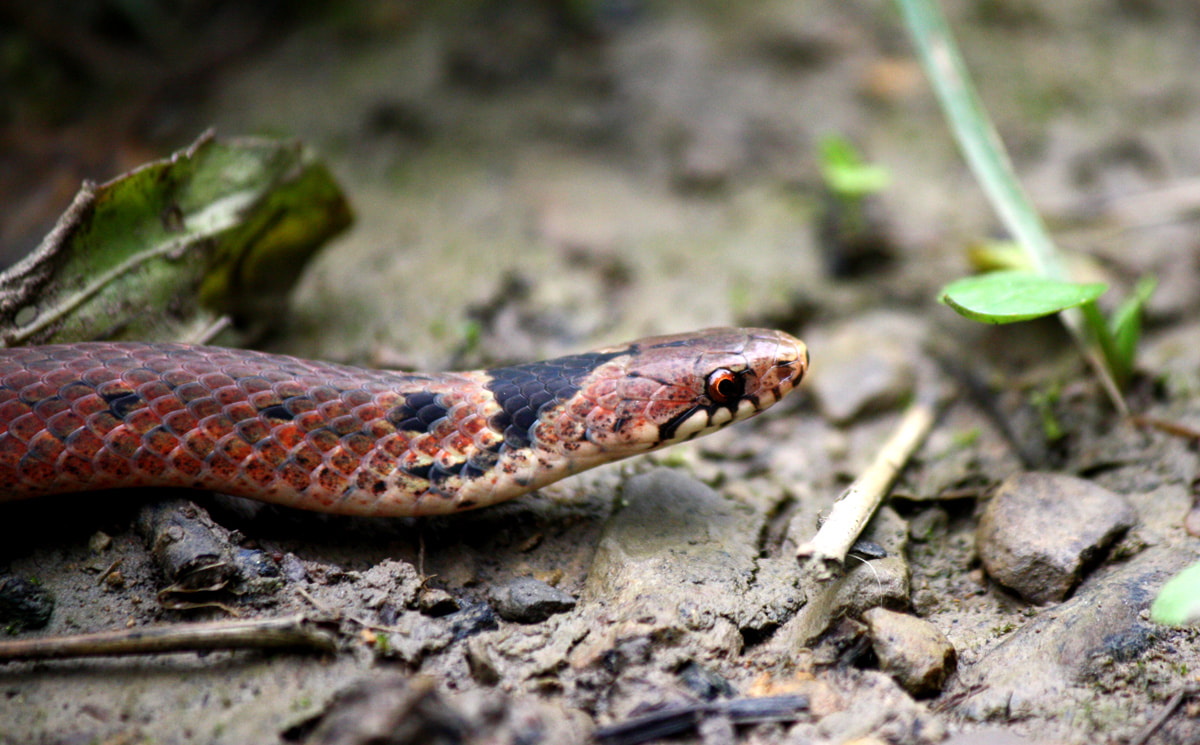





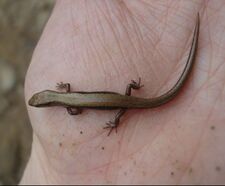











 RSS Feed
RSS Feed
